SPOILER ALERT: This column includes major spoilers from the Gotham Knights video game. We recommend reading it only after you've finished playing the game's main story mission.
I’ll be honest, it’s hard for me to believe a game as in-depth as Gotham Knights exists. I know I’m dating myself, but when I was a kid, video games were pretty simple (think Super Nintendo) and it would be hard to write articles deconstructing their storylines. Most Batman video games I played as a child involved throwing batarangs and punches. Don’t get me wrong, elementary school Josh loved it, but thirtysomething Josh loves the immersion of Gotham Knights even more.
As a comic book fan who is always searching for Easter eggs, Gotham Knights gave me plenty to work with. While exploring the Belfry I found a poster for Brother Power the Geek, a very obscure DC series from the Silver Age. Checking the emails is also fun. An email to Dick Grayson mentions a wannabe vigilante named Nite-Wing operating in Bludhaven, a reference to a storyline from the 1990s Nightwing series. I could go on for pages because there was so much deep lore found within the Bat-Family.
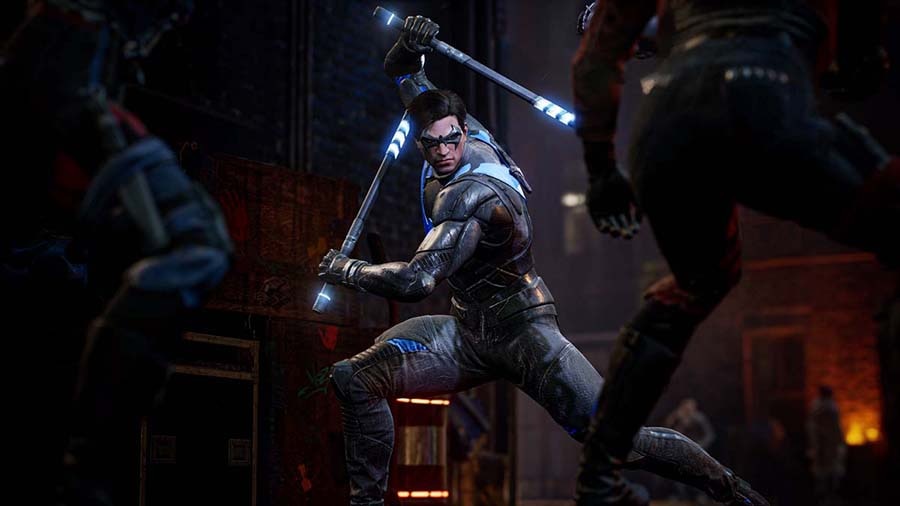
Of course, the game itself has plenty to offer Bat-fans as well. In addition to detective or fighting missions, players are encouraged to advance emotional subplots by talking to other characters. Jason can talk to Dick about his death and resurrection. The death of Bruce also forces Barbara to confront unresolved feelings about her father’s death. It’s a very heavy game, and quite a departure from the Batman Returns game I use to play at summer camp.
A game that’s this in-depth is able to do things with storytelling that older video games can’t. For example, Gotham Knights clearly has a lot to say about death and the five stages of grief. In a fascinating way, we see multiple characters work through the various stages over the course of the game.
By the way, if you haven’t finished playing yet and want to remain unspoiled, this is a good place to stop because there are serious spoilers ahead. I promise you that the rest of the article will still be here when you get back.
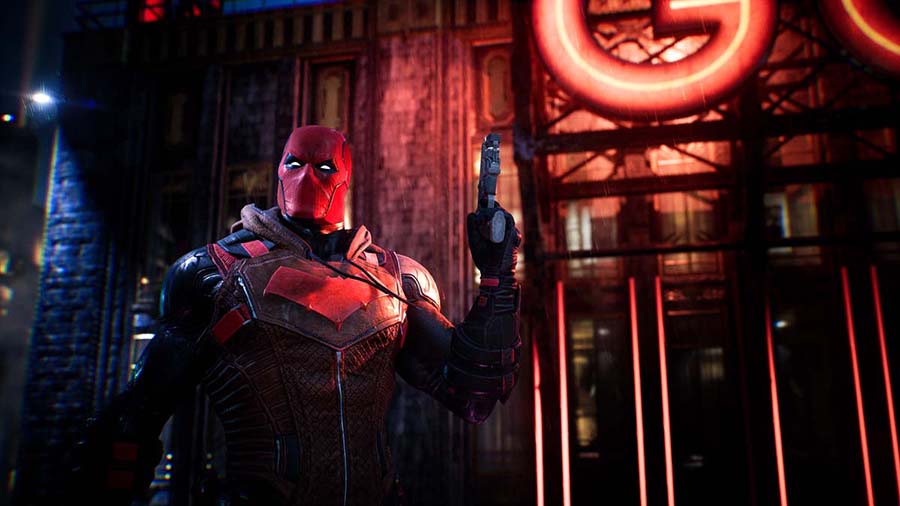
Anyhow, as I mentioned, the game does a good job of playing with the five stages of grief. For those who need a refresher, the five stages of grief come from a psychiatrist named Elisabeth Kubler-Ross. They are denial, anger, bargaining, depression and acceptance. Everyone processes these stages differently. Sometimes the order is switched around, sometimes we repeat steps and some of us skip them entirely.
Denial is what drives the war between the League of Shadows and the Court of Owls. Neither of the groups can accept the concept of life and death and wish to achieve immortality through the Lazarus Pits. As George Harrison once sang, all things must pass, but instead of accepting this basic aspect of humanity they start a war. Of course, the Lazarus Pit comes with a price.
We see what it does to Ra’s al Ghul at the beginning of the game and how it affects Batman at the end. Even Jason Todd struggles with it throughout the game. The Lazarus Pit is not a sustainable solution and sooner or later we all die. The League of Shadows and the Court of Owls are stuck in denialk and that denial kicks off a war that almost tears Gotham apart.
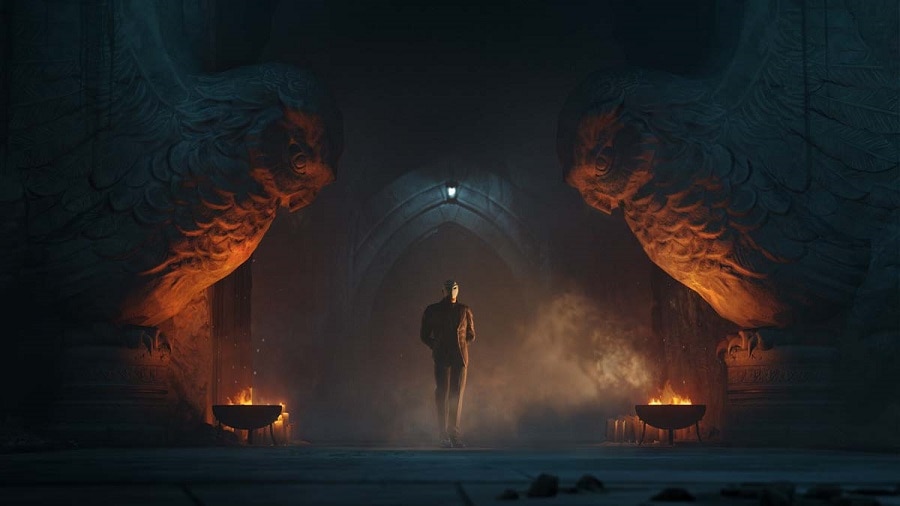
The next stage is anger and this game has plenty of it. Dick, Jason, Barbara and Tim work well together as a team, but there are times when we could see the emotional stress get to them. That results in some bouts of anger. At one point all four of them wind up in a heated argument and it takes Alfred to defuse the situation. Jason in particular has frequent struggles with anger throughout the game. He’s furious that everyone is treating him differently and waiting for him to snap. Dick is angry that he and Bruce didn’t part on the best of terms. The rage spills into some of the team meetings, but the Knights are able to work through it.
Tim could be seen working through the bargaining stage during one of the cinematic cutscenes. If the Lazarus Pit can bring Ra’s and Jason back, why can’t it bring Bruce back too? Tim is talked down from this idea, but it wasn’t easy. The Boy Wonder is fighting tears by the end of the conversation, asking what he’s supposed to do without Bruce.
The fourth stage Is depression, which can be hard to keep at bay. We see the various characters struggle with depression throughout the game, but luckily it never completely overtakes them. Depression is a natural part of the grieving process—the trick is not letting it consume you and your life. The Knights keep the depression at bay by talking through their feelings and occasionally hearing some wise words from Alfred.
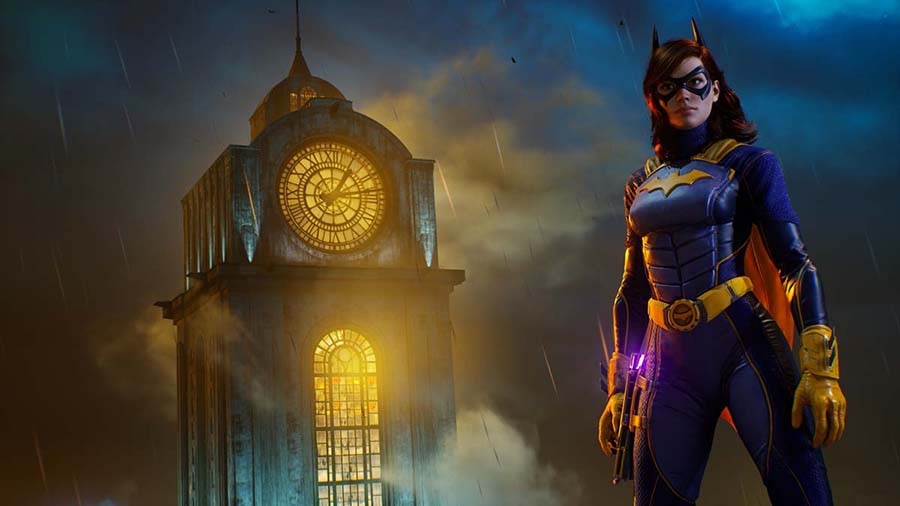
As I mentioned earlier, the death of Bruce also causes Barbara to confront unresolved feelings about the death of her father. Batgirl has a photographic memory, but she finds herself struggling to remember the exact details of her father’s face. She looks at his statue and at a figurine she made, but is she remembering a real man or an idealized version of him? It’s hard to say and at first Barbara tries to go through this alone. Thankfully, she eventually shares her feelings with her friends and comes to a sense of peace by the end of the game. I still can’t believe a video game had an emotional subplot this elaborate. We’ve come a long way since Pac-Man.
The final stage is acceptance and by the end of the game all four Knights have reached it. Although Bruce is briefly revived by Talia, he sacrifices himself to destroy the Lazarus Pit so nobody can use it for evil. After spending the entire game working through their grief over Bruce’s death, the Knights were able to get him back only to lose him again immediately after.
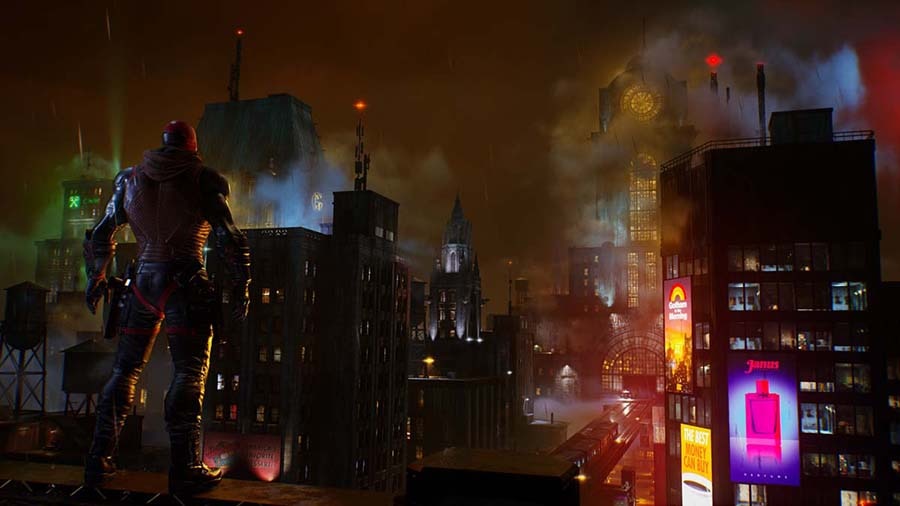
By this point, they all understand. They know that revival always comes with a price and they know that Bruce gave up his life to save millions. Interestingly, another example of acceptance can be found at the very beginning of the game, during the opening cinematic with Bruce. Shortly before sacrificing himself, Bruce looks at the costumes of his allies and has a knowing smile. He knows he’s leaving behind a legacy of heroes and he knows the Knights will continue his work. He’s at peace with his death.
Usually when you talk about stages with a video game, you’re referring to levels, not emotional milestones. But it turns out gaming and grief have a lot in common. We may get stuck on the same level. We might lose our progress and go back to an earlier stage. But with time, you can get through it and come out stronger at the end.
Gotham Knights is available on PS5, Xbox Series X/S and PC. For all the latest on Gotham's new protectors, visit our official Gotham Knights game page.
Joshua Lapin-Bertone writes about TV, movies and comics for DC.com, is a regular contributor to the Couch Club and writes our monthly Batman column, "Gotham Gazette." Follow him on Twitter at @TBUJosh.
NOTE: The views and opinions expressed in this column are solely those of Joshua Lapin-Bertone and do not necessarily reflect those of DC Entertainment or Warner Bros.















